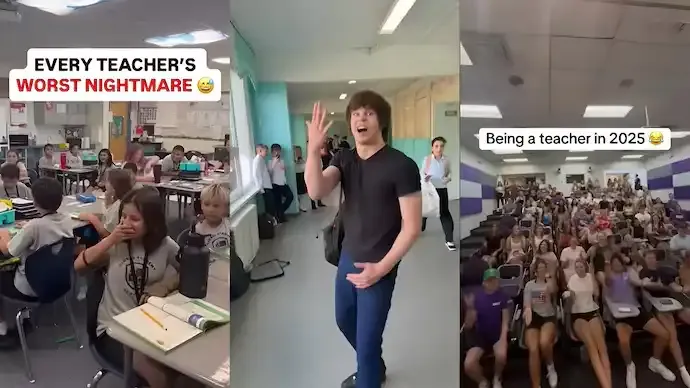Shopping cart
Your cart empty!
Terms of use dolor sit amet consectetur, adipisicing elit. Recusandae provident ullam aperiam quo ad non corrupti sit vel quam repellat ipsa quod sed, repellendus adipisci, ducimus ea modi odio assumenda.
Lorem ipsum dolor sit amet consectetur adipisicing elit. Sequi, cum esse possimus officiis amet ea voluptatibus libero! Dolorum assumenda esse, deserunt ipsum ad iusto! Praesentium error nobis tenetur at, quis nostrum facere excepturi architecto totam.
Lorem ipsum dolor sit amet consectetur adipisicing elit. Inventore, soluta alias eaque modi ipsum sint iusto fugiat vero velit rerum.
Sequi, cum esse possimus officiis amet ea voluptatibus libero! Dolorum assumenda esse, deserunt ipsum ad iusto! Praesentium error nobis tenetur at, quis nostrum facere excepturi architecto totam.
Lorem ipsum dolor sit amet consectetur adipisicing elit. Inventore, soluta alias eaque modi ipsum sint iusto fugiat vero velit rerum.
Dolor sit amet consectetur adipisicing elit. Sequi, cum esse possimus officiis amet ea voluptatibus libero! Dolorum assumenda esse, deserunt ipsum ad iusto! Praesentium error nobis tenetur at, quis nostrum facere excepturi architecto totam.
Lorem ipsum dolor sit amet consectetur adipisicing elit. Inventore, soluta alias eaque modi ipsum sint iusto fugiat vero velit rerum.
Sit amet consectetur adipisicing elit. Sequi, cum esse possimus officiis amet ea voluptatibus libero! Dolorum assumenda esse, deserunt ipsum ad iusto! Praesentium error nobis tenetur at, quis nostrum facere excepturi architecto totam.
Lorem ipsum dolor sit amet consectetur adipisicing elit. Inventore, soluta alias eaque modi ipsum sint iusto fugiat vero velit rerum.
Do you agree to our terms? Sign up

A simple TikTok sound — “6-7” — has turned into one of the strangest and loudest global school trends of 2025. From classroom chants to playground chaos, students across countries have embraced the nonsensical phrase, leaving teachers frustrated and administrators scrambling for solutions.
The sound originates from Skrilla’s rap track “Doot Doot (6 7)”, which went viral on TikTok earlier this year. What started as a catchy snippet quickly transformed into a meme. Children began mimicking it across classrooms in the US, UK, and Australia — shouting “six-sevvv-eennn!” at random moments between lessons.
The trend spread with lightning speed. TikTok’s algorithm pushed thousands of remix videos featuring exaggerated shouts of the phrase. Soon, it leapt from digital screens into real-world school corridors.
Teachers report constant interruptions, laughter outbreaks, and lesson derailments. Many schools have now banned the chant outright, calling it disruptive and unproductive. Ironically, such bans often fuel curiosity, with more students trying it out just to defy authority.
Experts say the trend thrives on meaningless humor — its randomness is precisely what makes it fun. For children, shouting “6-7” is not about the phrase itself but about collective rebellion and shared inside jokes.
Cultural analysts note that such trends reflect Gen Alpha’s digital bonding rituals. Unlike older memes that relied on text or visuals, audio snippets now serve as social passwords. The absurdity fuels connection — and repetition makes it addictive.
Some users linked “6-7” to basketball player LaMelo Ball’s height (6ft 7in), while others created fictional backstories. Yet, none of these explanations matter to the young participants. For them, it’s simply about being part of the viral moment.
While some schools responded with bans and punishments, others took creative approaches. Certain teachers turned the meme into a lesson on media literacy, encouraging students to analyze how trends spread and fade online.
Education experts argue that rather than overreacting, adults should redirect the energy behind such viral behavior. Using memes as learning material helps students reflect on digital culture and peer influence.
The “6-7” phenomenon reveals more than just school mischief — it highlights how quickly online culture invades offline spaces. In an age where attention spans are shaped by viral media, even nonsense can become global in hours.
For parents, the takeaway is simple: the trend itself is harmless. The real challenge lies in balancing classroom discipline without escalating curiosity through strict enforcement.
As youth culture continues to blur digital and physical boundaries, trends like “6-7” remind us that kids still create — and own — their cultural worlds, one absurd meme at a time.
249
Published: Oct 23, 2025